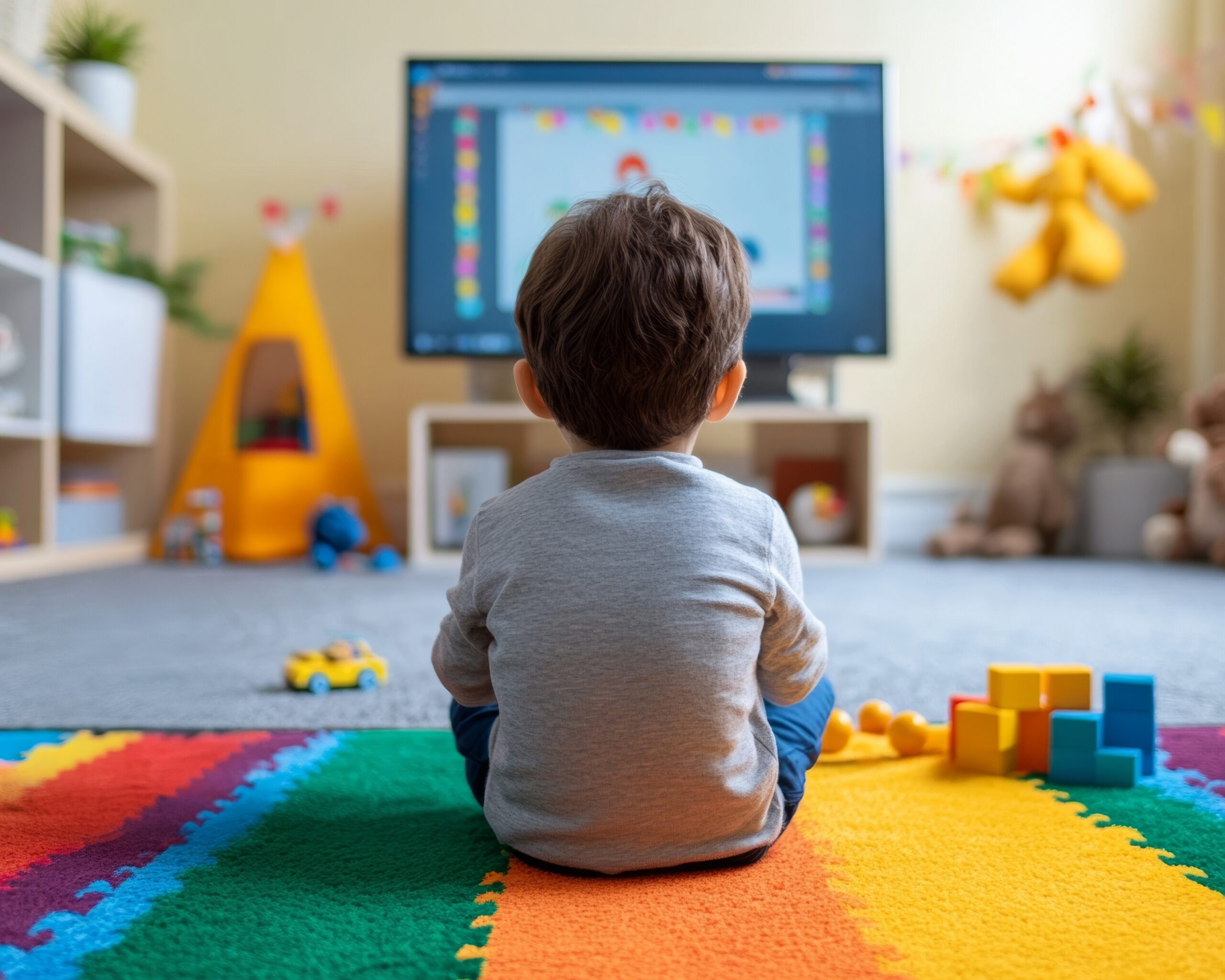Children, Screens, and Parent Perspectives
Beneath our society’s collective adoption of new technologies lies a paradox. While, yes, the rise of artificial intelligence (AI) and the ubiquity of cell phones indicate a general acceptance of (and even enthusiasm for) technology’s intrusion into everyday life, there are macro-level fears that are equally prevalent. Why do we need AI? Is it healthy to be connected to the internet 24/7? Are screens destroying our attention spans? How will new technologies affect my children?
Public schools have become an arena for the debate over technological proliferation. Accelerated by the COVID-19 pandemic, school districts have adopted innumerable devices and programs designed to support student academic growth. The key word here is support, not replace. Educational technologies (EdTech) are not, and shouldn’t be, designed as a replacement for high-quality teaching. There is nuance to how teachers weave their technological supports throughout their classroom activities. This nuance, though, is difficult to communicate to families who may be concerned over the aforementioned technological proliferation.
Chong et al. (2023), in their meta-synthesis of perceptions of screentime, note that parents view screens (TVs, iPads, etc.) as babysitting tools and inevitable parts of life in the twenty-first century. At the same time, they recognize the harms associated with excessive screen time. This perspective is expanded upon in Wolfers et al.’s (2024) study on parental screen guilt. They found that guilt over parental decision-making is related to a child’s time spent in front of a screen. Parents become dissatisfied with their parenting decisions when said decisions conflict with their previously-established moral code. Allowing children to spend their free time in front of screens, it seems, often contradicts broadly adopted philosophies on child care.
Chong et al. (2023), notably, also found that parents recognize screens as sites for educational opportunities. This seems to run counter to the larger conversation we are having about screen use (specifically, cell phones) in schools. Use of educational technology in the classroom is becoming increasingly unpopular DESPITE a parental recognition that EdTech can be a powerful tool for learning. This may fuel a rise in educational programs designed to be used outside of the boundaries of a traditional school district. Widely available EdTech may be of great concern to K-12 leaders because products used at home, outside of the purview of a teacher, will likely not align with district-level technology initiatives and programs. This presents a danger to public schools attempting to establish coherence in a largely incoherent educational marketplace. Large-scale academic initiatives (like the Science of Reading) are threatened, too, because educators cannot guarantee that a child’s educational screen time at home aligns meaningfully with the ideas and strategies they are learning in the classroom.
Parent perceptions of screen use post-COVID are paradoxical. Beliefs in the pragmatism and efficacy of new technologies during childhood are accompanied by feelings of guilt and fear over their known (and unknown) long-term ramifications. In the coming academic year, K-12 leaders in public schools must recognize this paradox as they communicate with concerned and anxious families. These institutions are uniquely positioned to ease the public into our new era of work and education.
Citations
Chong, S. C., Teo, W. Z., & Shorey, S. (2023). Exploring the perception of parents on children’s screentime: A systematic review and meta-synthesis of qualitative studies. Pediatric Research, 94(3), 915–925. https://doi.org/10.1038/s41390-023-02555-9
Wolfers, L. N., Nabi, R. L., & Walter, N. (2024). Too much screen time or too much guilt? how child screen time and parental screen guilt affect parental stress and relationship satisfaction. Media Psychology, 28(1), 102–133. https://doi.org/10.1080/15213269.2024.2310839
Author: Cooper Sved, 2025 Blaschke Fellow
This blog is part of a series preceding the publication of the 2025 Blaschke Report. Read the entire series:
“What Does ‘Screen Time’ Mean, Anyway?”
Children, Screens, and Parent Perspectives
Cell Phones, Schools, and Solutions
EdTech and Professional Development
Fred Rogers and Technological Opportunity
Click here to learn more about the Charles Blaschke Fund.


